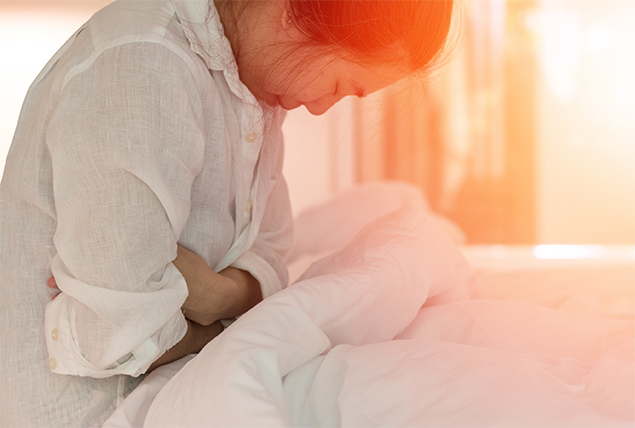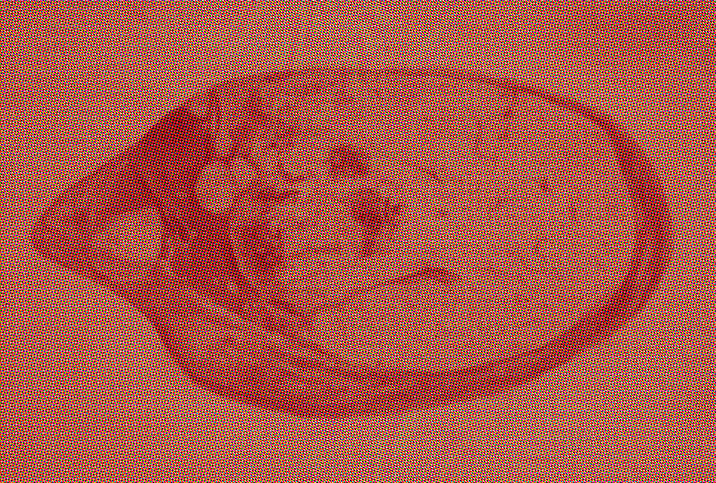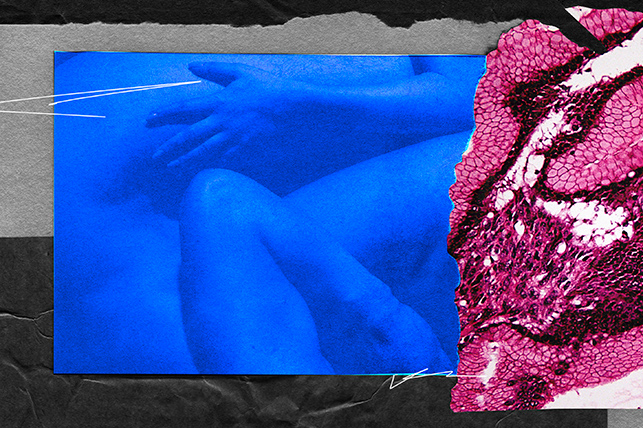What Are Vaginal Cysts and Do They Go Away?

Vaginal health is an important aspect of every woman’s overall well-being, affecting fertility, desire for sex, and even the ability to achieve orgasm. Vaginal issues can be difficult to talk about but recurring issues can lead to low self-esteem and problems in a relationship.
Doctors recommend carrying out a vaginal self-examination between your menstrual periods and, while not replaying a regular pelvic exam by your doctor, may turn up issues like a vaginal cyst. But what should you do if you find one?
Let's take a look at the types of vaginal cysts, their symptoms and recommended treatment.
What are vaginal cysts?
Vaginal cysts are a relatively uncommon health condition for most women. These benign cysts occur in roughly 1 out of 200 women, according to "Gynecologic Pathology," a book published in 2022. They may appear on the vaginal wall, on the labia (or lips of the vagina) or at the vaginal opening.
"Most cysts are small, ranging from 0.1 mm to 2 cm in diameter," said Deborah Lee, M.B., Ch.B., a sexual and reproductive health specialist at Dr Fox, a United Kingdom-based online healthcare and pharmacy service.
"Vaginal cysts are most common from puberty to menopause—i.e. in women of reproductive age—but can still occur after menopause," she added.
How do you know if you have a vaginal cyst?
Depending on the size and location, vaginal cysts may or may not have symptoms.
"Generally, many vaginal cysts are found incidentally when women are being examined for other reasons and may not require treatment. However, it is a good idea to get to know the normal appearance and feel of both your vulva (the external tissues) and vagina (the internal part) so you can notice if anything seems different," said Susanna Unsworth, M.B., B.Chir., a menopause and women's health specialist and in-house gynecology expert for Intima, a retail website for a range of products dedicated to women's intimate health.
If a cyst is discovered during a routine pelvic or gynecological exam, further tests may be conducted to identify its type. These tests may include ultrasound imaging, MRI or in rare cases, biopsy.
What are the symptoms of vaginal cysts?
Common symptoms of vaginal cysts may include the following, according to Cleveland Clinic:
- Discomfort or pain during urination or inserting a tampon
- Fever or intense pain if the cyst becomes infected
- Painful sex
Most of the time, these cysts are tiny, barely noticeable lumps you may feel and see on the side of the vaginal opening.
However, Bartholin's gland cysts, for example, may present as a larger, more uncomfortable presence. They can even get in the way of your sex life and make penetrative sex uncomfortable or painful.
Sometimes, large vaginal cysts are misdiagnosed as another condition known as pelvic floor prolapse, as they share similar symptoms.
Pelvic floor prolapse causes pelvic organs, such as the bladder, uterus, rectum or small intestine, to drop from their normal position and press into or protrude into the vagina.
Symptoms of larger cysts may include the following, according to the Mayo Clinic:
- A palpable feeling of fullness or pressure in the vagina
- An ache just below your belly button toward one side
- Bloating of the vaginal area
- Dyspareunia or discomfort during sex (or while inserting tampons)
- Pelvic pain that may come and go
What are the types of vaginal cysts?
There are several types of vaginal cysts, but the most common cysts include:
- Bartholin's gland cysts. These cysts develop when the duct of the Bartholin's gland, located near the vaginal opening, becomes blocked. They can cause swelling and discomfort but are typically not painful unless they become infected.
- Epidermal inclusion cysts. Also known as epidermoid cysts, these form when skin cells multiply and become trapped under the skin, creating a small, smooth cyst. In the vaginal area, they can occur due to trauma or surgery.
- Gartner's cysts. These cysts are remnants of Gartner's duct, an embryonic structure. They are typically located on the side walls of the vagina and can sometimes be large enough to cause discomfort.
- Müllerian cysts. These are benign cysts that develop from material left behind in the Müllerian ducts during a baby's growth.
Despite any potential discomfort that larger cysts may cause, keep in mind they are usually benign. However, larger cysts may sometimes require treatment to alleviate pain or other symptoms.
Vaginal cysts can form due to a variety of reasons, such as inflammation, injury or blockage of the glands in the vaginal lining. While any woman can develop vaginal cysts, there are some factors that may increase the risk, including childbirth, a history of vaginal surgery and menopause, a time when reproductive hormones naturally decline in a woman's 40s or 50s, signaled by 12 months since last menstruation.
"If you do develop any new lump, bleeding, pain or discharge, I would always encourage you to speak to your doctor or nurse about it," Unsworth said.
Do vaginal cysts require treatment?
In general, vaginal cysts may not need treatment unless they grow, change or cause pain. Many women have these cysts without even knowing it. They are often discovered during routine pelvic exams or other procedures.
Most vaginal cysts are benign and do not necessarily require medical intervention.
Treatment depends on the size, location and type of cyst, as well as any associated symptoms. Small, asymptomatic cysts may not require treatment but should be monitored in case there's a change in their appearance or size.
For larger, uncomfortable cysts, medical intervention may be required. Treatment may involve:
- Marsupialization. A procedure that involves making a slit in the cyst and stitching the sides to form a small pouch to allow the cyst to drain.
- Surgical excision. The most common treatment for large symptomatic cysts is to simply remove the tissue.
Vaginal cysts in women who are over 40—as well as cysts that are immovable (fixed) or associated with pain or bleeding—should be carefully monitored for changes, according to an Obstetrical & Gynecological Survey published in February 2021.
Surgical excision has an excellent success rate although, in some cases, cysts may reoccur after treatment. This is particularly true in the case of Bartholin's gland cysts.
How can you prevent vaginal cysts?
There's no surefire way to prevent vaginal cysts, but maintaining good genital hygiene may help reduce the risk of infection and inflammation that could contribute to cyst formation.
"Regular gynecological examinations and open communication with healthcare professionals can help detect and manage any potential cysts," said Sangeeta Khinder, MRCOG, a consultant obstetrician and gynecologist at London Gynaecology, a private gynecology practice in the U.K.
The bottom line
"If you experience persistent pain, swelling, discomfort or any abnormal symptoms in the vaginal area, consult a medical professional to receive an accurate diagnosis and appropriate treatment," Khinder said.
If you have questions about your reproductive health, schedule an appointment with your healthcare provider. Make a list of your symptoms and questions before your appointment so you can get the answers you need for peace of mind.


















